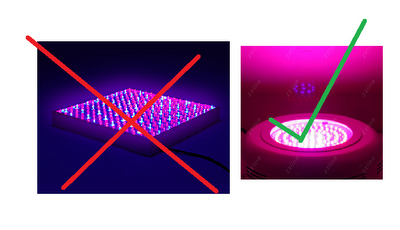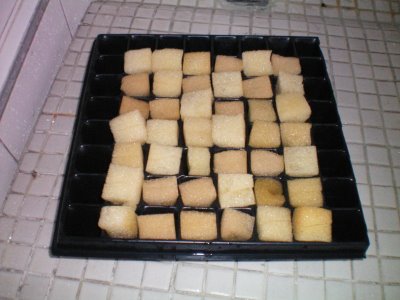The Importance of Oxygen in Hydroponic Systems
–
 –
–A very important thing that you must take into account is how much oxygen your hydroponic system allows roots to have. Static culture systems, like lettuce floating rafts or any system where roots are permanently soaked in water offer little available oxygen since the solubility of oxigen in water is quite low. Even if you aerate the solution constantly using an airpump, the solubility limitation makes the use of such systems to grow large plants – such as tomatoes – extremely difficult.
Larger plants, which have much larger nutrient and energy requirements generally need systems in which the availability of oxygen is not limited. In this case systems where roots are periodically wet and exposed to air have very good results. For example, ebb & flow and drip irrigation systems in which plants are in contact with nutrient solution and with air in an on/off manner guarantee that the large oxygen requirements of energy demanding plants will be fulfilled. In the end, you will see that plants will perform much better when their oxygen and nutrient availability is optimal. For this reason – aeroponic systems – which supply both requirements in an ideal fashion tend to give the best results for most plant types.
In your hydroponic system, ensuring a good supply of oxygen is absolutely vital. You should ensure that your hydroponic system is adequate for the plant you want to grow and you must also check that your system is always giving its maximum oxygenation potential. In static systems you always need to check the frequency and quantity of aerators and on dynamic setups checking cultivation media drainage and irrigation frequency is key to get the best possible results. After taking into account all this you will see that paying close attention to oxygenation will eliminate many of the problems you may have, giving you a much healthier and productive hydroponic crop.







